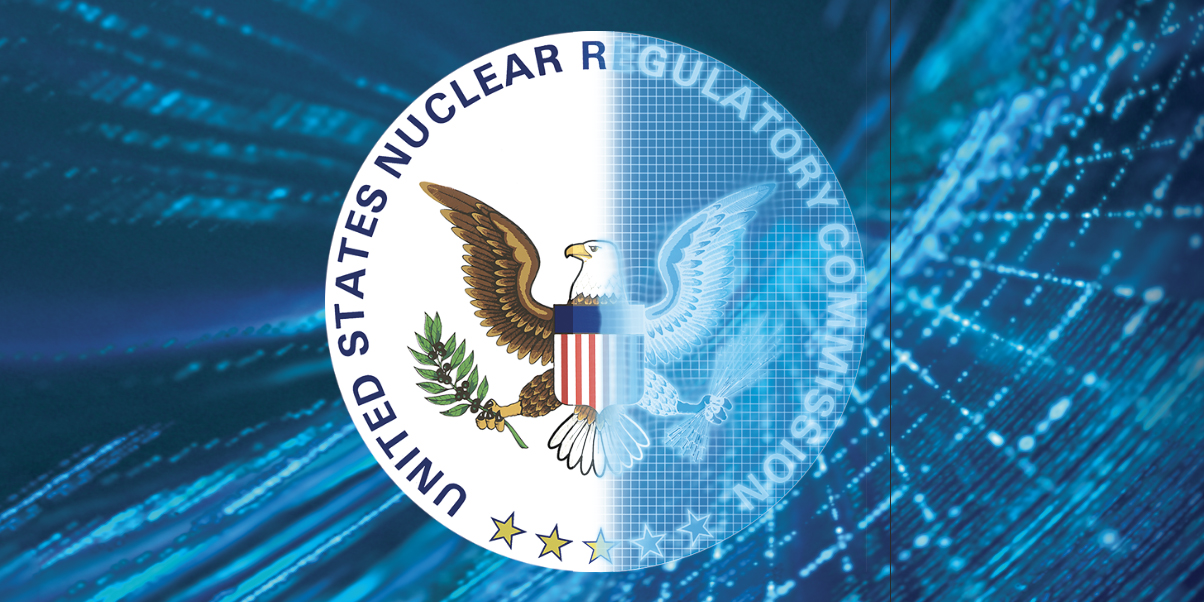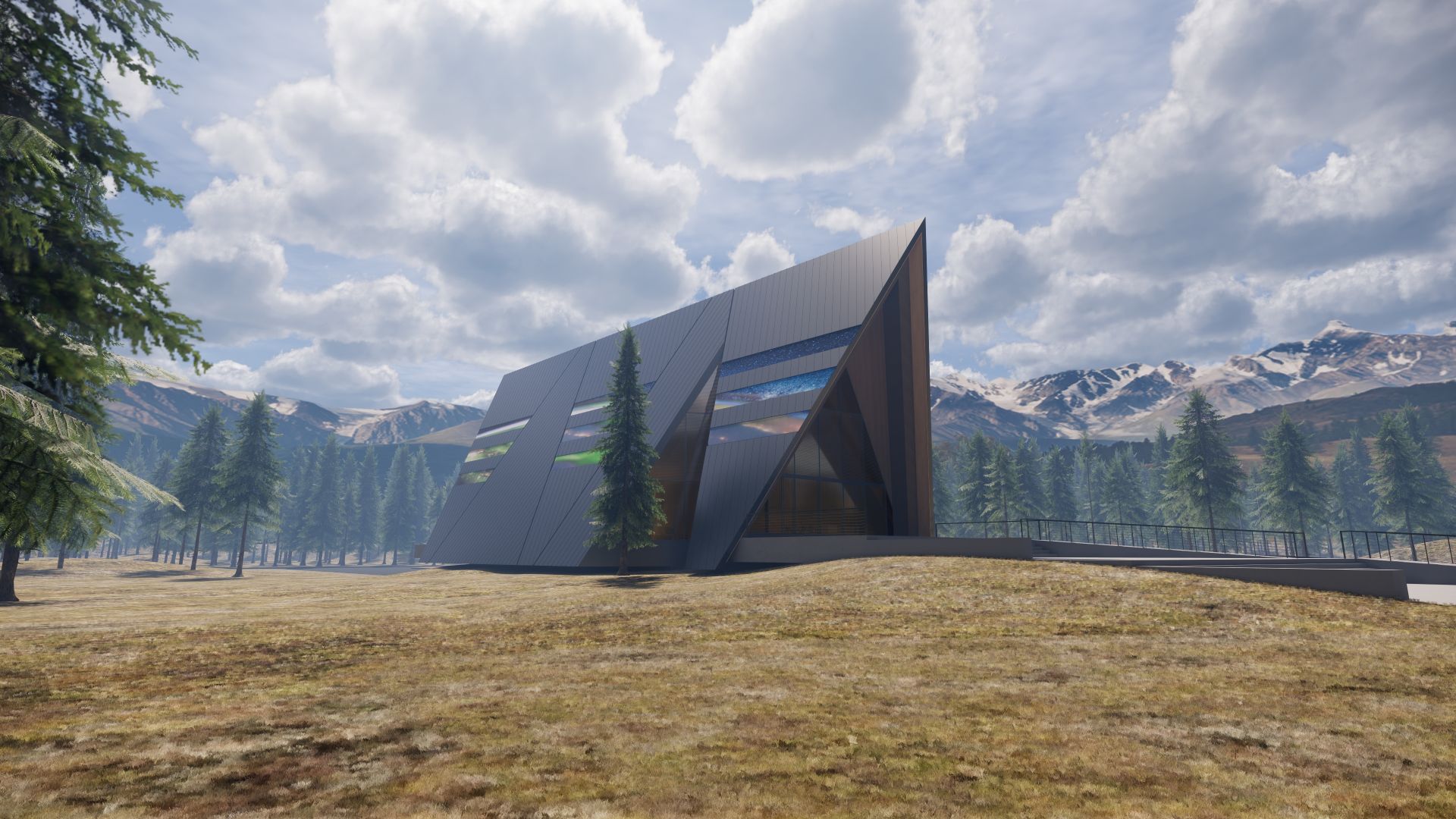Spent fuel casks are loaded at Oyster Creek’s dry storage pad. (Photo: Holtec)
The Nuclear Regulatory Commission has proposed a $150,000 fine for apparent security-related violations at the Oyster Creek nuclear power plant in New Jersey. Oyster Creek permanently ceased operations in 2018, and ownership of the plant was transferred to Holtec Decommissioning International for decommissioning in July 2019.
The Palisades power plant, in Covert Township, Mich.
The Nuclear Regulatory Commission has approved the transfer of the Palisades nuclear power plant licenses from Entergy Nuclear Operations to Holtec International, as owner, and Holtec Decommissioning International (HDI), as decommissioning operator. Holtec and HDI intend to decommission the single-unit pressurized water reactor, located in Covert, Mich., under an accelerated schedule.
Diablo Canyon nuclear plant. (Photo: PG&E)
Last April, Entergy had to close its Indian Point nuclear plant. That’s despite the plant’s being recognized as one of the best-run U.S. nuclear plants. That’s also despite its 20-year license extension process having been nearly completed, with full support from the Nuclear Regulatory Commission.
This closure was due in large part to opposition by antinuclear environmental groups. These groups also mobilized existing negative public opinion on nuclear energy to get politicians to oppose the plant’s license extension. Another factor is unfair market conditions. Nuclear energy doesn’t get due government support—unlike solar, wind, and hydro—despite delivering clean, zero-emissions energy.
The Humboldt Bay nuclear power plant as seen from Humboldt Hill in 2010. (Photo: Wikimedia Commons.)
The license for Pacific Gas & Electric Company’s Humboldt Bay Unit 3 nuclear power plant near Eureka, Calif., has been terminated by the Nuclear Regulatory Commission, and the site has been released for unrestricted use. A 65-MWe boiling water reactor plant, Humboldt Bay-3 operated commercially from 1963 to 1976.
Artist’s conception of Oklo’s Aurora powerhouse. (Image: Gensler)
Wisconsin’s Kewaunee nuclear power plant, which shut down in 2013, is being transitioned to decommissioning. (Photo: Wikimedia Commons)
The Nuclear Regulatory Commission on Wednesday approved a proposed rule to amend its regulations for nuclear power plants that are transitioning from operations to decommissioning. After changes requested by the NRC commissioners are made by agency staff, the proposed rule will be published in the Federal Register, initiating a 75-day comment period.















